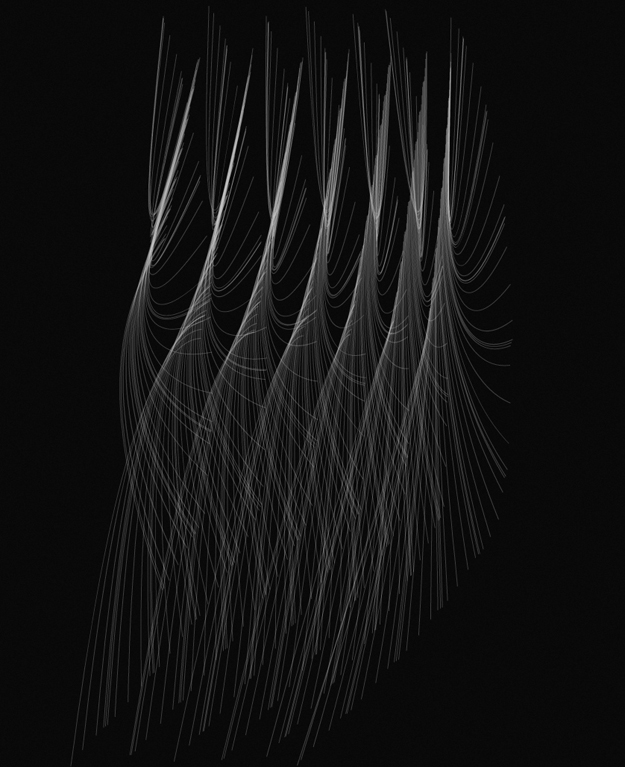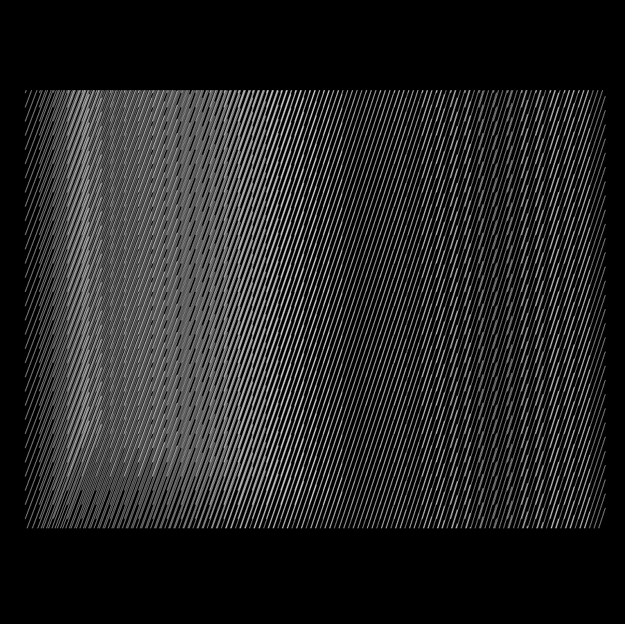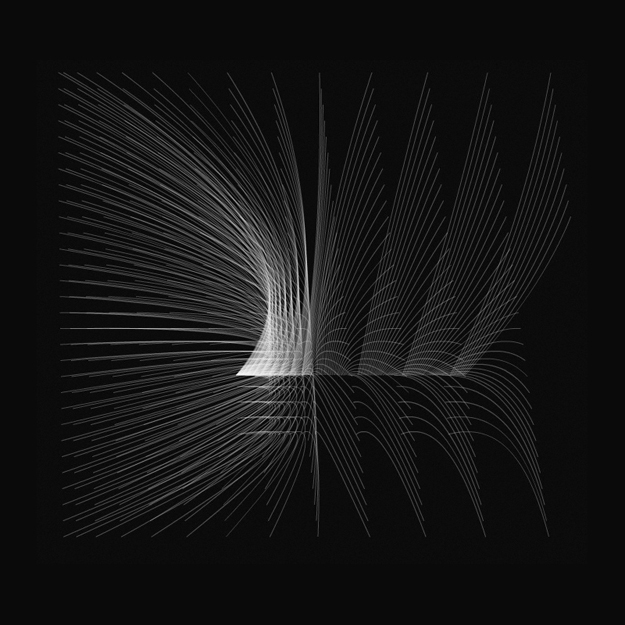Morphogenesis describes the various processes that result in the development of form in cellular biological systems. A study of morphogenesis gives us insight into some of the spatial outcomes of self-organisation. We are able to see aspects of different morphogenetic processes on the urban scale.
Unsupervised network formation through cell-tip growth is reminiscent of the development of inter-urban linkages over long periods of time, particularly where regional policies of containment or compactness are not present.
Mitosis (below) creates very dense but essentially decentralised morphologies. We can say they’re decentralised because a centrality analysis of the network representation will show us that no cell in the system is especially important from the point of view of the global connectivity of the system. Cellular systems provide us with a good demonstration of this fact, that high-density form is not the same as centralised form. We do not see this kind of decentralisation very often in metropolitan form.
Below you can see a depiction of branching morphogenesis in a fragment of epithelium, growing in a 3D gel of extracellular matrix proteins. New ducts initiate, elongate, bifurcate, and stop. This morphogenetic process underpins the fractal cardiovascular structures in our own bodies. It creates self-similar, dendritic structures, a tree topology.
Branching morphogenesis is evident in the arterial nature of street networks throughout the Western world. It is the mechanism behind some of the fractal geometries of the modern post-metropolis.
Reaction-diffusion dynamics proposed by Alan Turing in the 50s arose out of an attempt to produce a mathematical model to explain pattern formation in organisms, from butterfly wing patterns to zebra stripes.
He proposed the diffusion of an activator and inhibitor through an evolving cellular system over a period of time, the concentration gradients dictating cell differentiation, ie a zebra skin cell can be black or white according to the concentration of a white-cell activator at the point when it forms. Biologists would call these activators morphogens, as these are the proteins that regulate gene expression.
[ source ]

I’ve used reaction-diffusion dynamics to explore some morphological outcomes of morphogenetic activation using generative models. They constitute a means of visual thinking on the topic.
In my models I’ve used a growing matrix of straight lines, one added at each time step, to investigate what kind of formations this kind of dynamics can produce. My morphogens, an activator and inhibitor, hidden from view, are placed randomly on the canvas. They react, diffuse and deplete over time.


In this graphic you can see a gradient operating from left-to-right, deforming lines and affecting line growth. No two vertical slices of this image are the same as a result. Gradients in morphogenesis are capable of creating this kind of heterogenous space, with no two spatial elements alike.

Reaction-diffusion models can be useful in modeling land-use patterns in response to policy mechanisms, in the form of morphogens, that activate or inhibit certain land-uses, exerting forces on the surrounding urban landscape in the form of gradients.
See Also: Microplexes, Assemblage